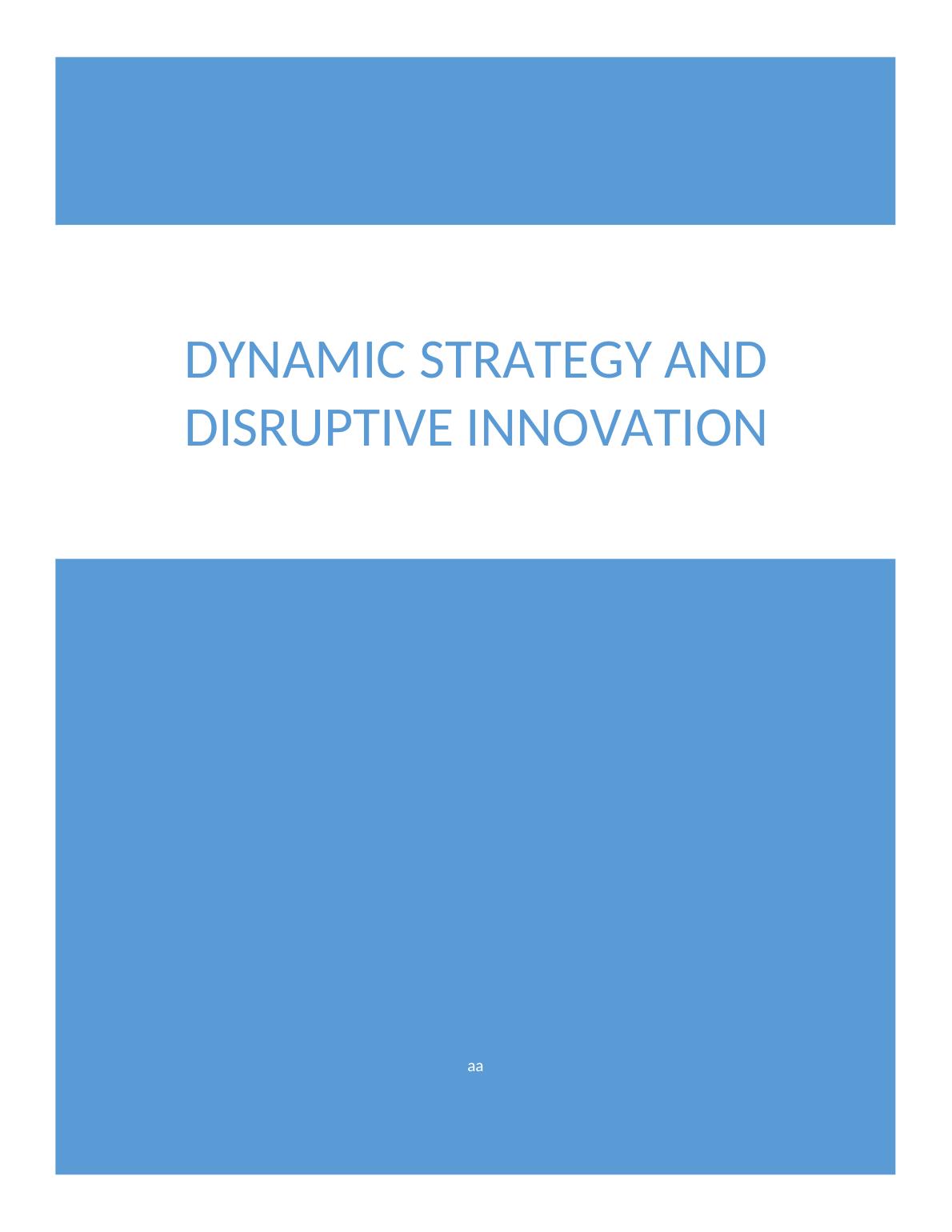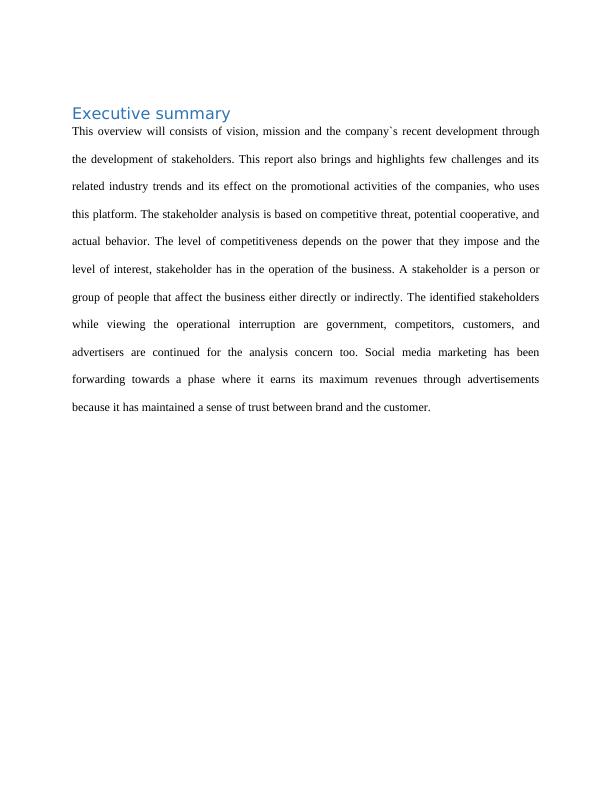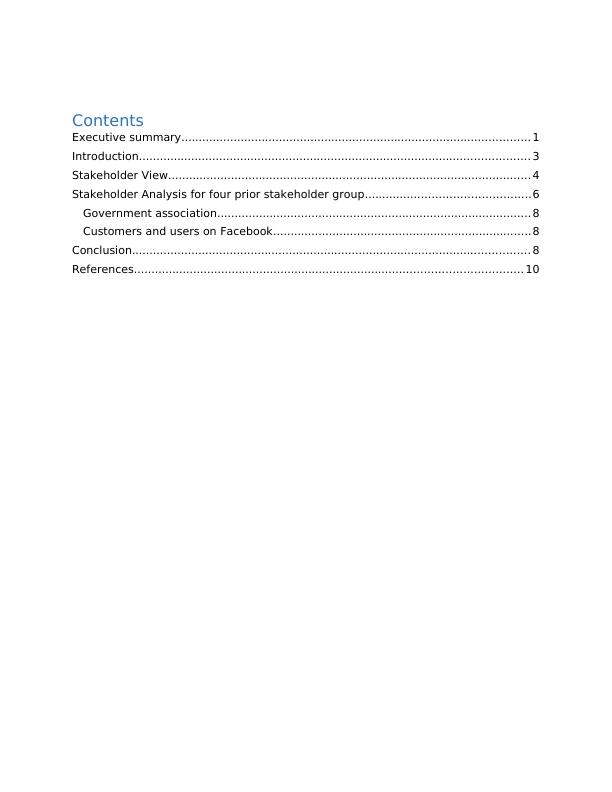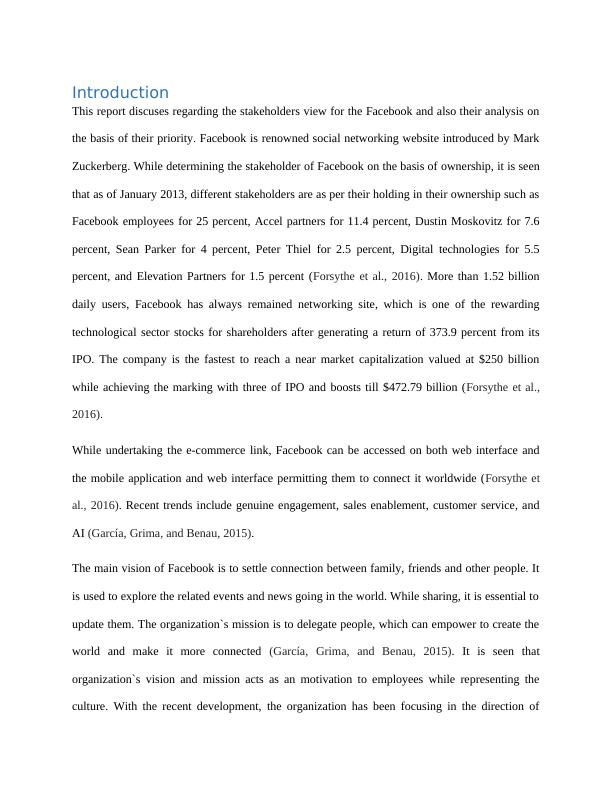Dynamic Strategy and Disruptive Innovation
Develop a stakeholder analysis report for Facebook.
12 Pages2833 Words251 Views
Added on 2022-10-12
About This Document
This report discusses the stakeholder view for Facebook and their analysis based on priority. It highlights the challenges and industry trends affecting promotional activities. The identified stakeholders are government, competitors, customers, and advertisers. The report also includes a stakeholder analysis based on cooperative potential, competitive threat, and actual behavior. Document type: Executive summary, Assignment type: Essay
Dynamic Strategy and Disruptive Innovation
Develop a stakeholder analysis report for Facebook.
Added on 2022-10-12
ShareRelated Documents
End of preview
Want to access all the pages? Upload your documents or become a member.
Dynamic Strategy and Disruptive Innovation
|11
|2004
|73
Dynamic Strategy and Disruptive Innovation for Facebook: A Stakeholder View
|10
|2094
|240




